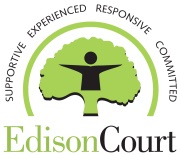Issue:
@issue 360 | Issue 20 | April 2018
All too often, societal discussions about sexual abuse focus exclusively on the offence in general and often graphic terms rather than taking a broader view of the individual (which is what comprehensive risk formulation, treatment, and community management focus on). Labelling people by offense is problematic in terms of understanding those who cause harm. After all, developing an understanding of the mechanisms of abuse is vital to prevention, rehabilitation, and reintegration.
As such, there has been a growing movement around the use of person-first language in describing people who commit sexual harm. That is, rather than using terms such as “sex offender”, many have called for the reference to those who have sexually abused as exactly that: people who have sexually abused. In other words, by labelling behavior and not people, society can better understand and prevent abuse. The accurate use of language matters; terminology used inappropriately or out of context can be damaging, not only in terms of how we work with individuals who have committed sexual harm but also in terms of how we as a society and as individuals come to terms with the many issues involved.
We need to discuss sexual abuse using the correct terminology so that individuals who commit sexual harm and those who experience it get the necessary response that helps them; mislabeling can cause negative personal and social responses. The reality is that individuals who sexually offend have differing etiologies. They need different degrees of support in treatment, have different types of cognitive distortions/barriers, need different interventions and face different challenges reintegrating therefore, it is essential that we all understand what we are talking about, use the same language and consider the individual as the defining factor, not their offence.

Add new comment